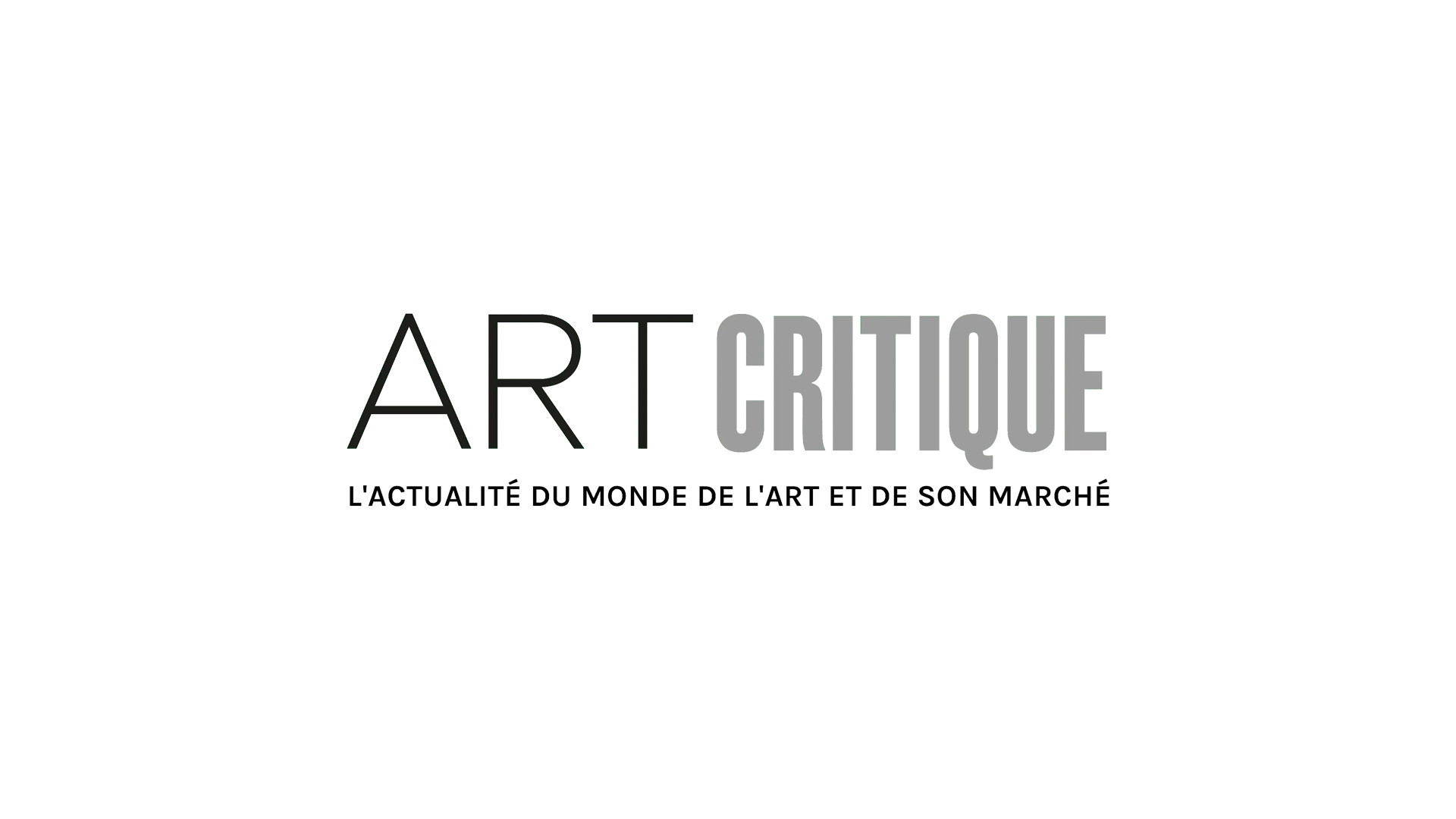Latinx artists and advocates are pushing the boundaries of language and gender in the art world. By relinquishing the gendered terms of latina or latino, creatives are exploring their art practice with renewed freedom. Adding Latinx to their lexicon of identifiers, more and more museums and galleries are applying the term to artists of Latin American descent. Latinx artists are gaining traction likely because of the wave of social justice activism around the globe and the poignant themes tackled in their work: immigration, debt, and sexual identity.
The term of Latinx formed roots in 2004 through the LGBTQ community but gained popularity across social media in 2016. Although many cultural institutions are including the word as part of their best practices, who the term actually includes remains ambiguous. Dictionaries define the word as: “relating to people of Latin American origin or descent (used as a gender-neutral or non-binary alternative to Latino or Latina).” This identifier thus departs from the patriarchy inherent to the Spanish language, where a mixed group of gendered people takes on the masculine identifier – in this case, Latinos.
The definition of Latinx is inclusive, but because the term has strong sociocultural connotations and is politicized in the art world, some artists and curators to whom Latinx applies are hesitant to use it. Some people question whether they are enough of an activist or sufficiently Latino or Latina – either because only one of their parents emigrated from Latin America or because they are part of the second or third generation to be born in the United States. An associate curator with whom I spoke last year felt hesitant to use the term to describe herself despite her willingness to adopt it. She needed to identify herself for an upcoming symposium on Latinx artist but was concerned that, because her parents came from Brazil, she may not be able to use Latinx.
Latin American artists living in the United States and those who choose to identify as Latinx already face significant barriers from art museums. Analyzing over 40,000 artworks in the collections of 18 museums across the US, including the Metropolitan Museum of Art and the Detroit Institute of Arts, to determine the gender and ethnic diversity of their collections, a recent survey by the Public Library of Sciences (PLOS) found that 85% of artists represented in these collections are white and 87% are men. This data does not represent the makeup of the United States; the last census concluded 18% of the US population to be of Latin American origin and 50.8% of the total population to be female.
Several Latinx artists use the artworld’s gender and ethnic inequity in their work. Barbara Calderón is an artist, writer, activist, and founding member of the art collective Colectiva Cósmica. With a dynamic background in journalism, art history, and Xicana studies, she aims to increase awareness of Latinx’s importance while also exploring the complexity of gender in her practice. In an interview with the New York Times, she elaborated on the driving force behind her work: “History is always kept from us,” Barbara Calderón said. “When we start learning about our histories, and we start gaining pride in our personal history, we want to incorporate that.”
While the landscape of cultural institutions continues to evolve, an awareness of the lack of diversity and efforts to overcome shortcomings is a leap in the right direction. The Latinx, Chicanx, and other such movements challenge us to question the inflexibility of language and molds. To learn more about the Latinx art community or find different ways to get involved, you can visit the US Latinx Art Forum.





